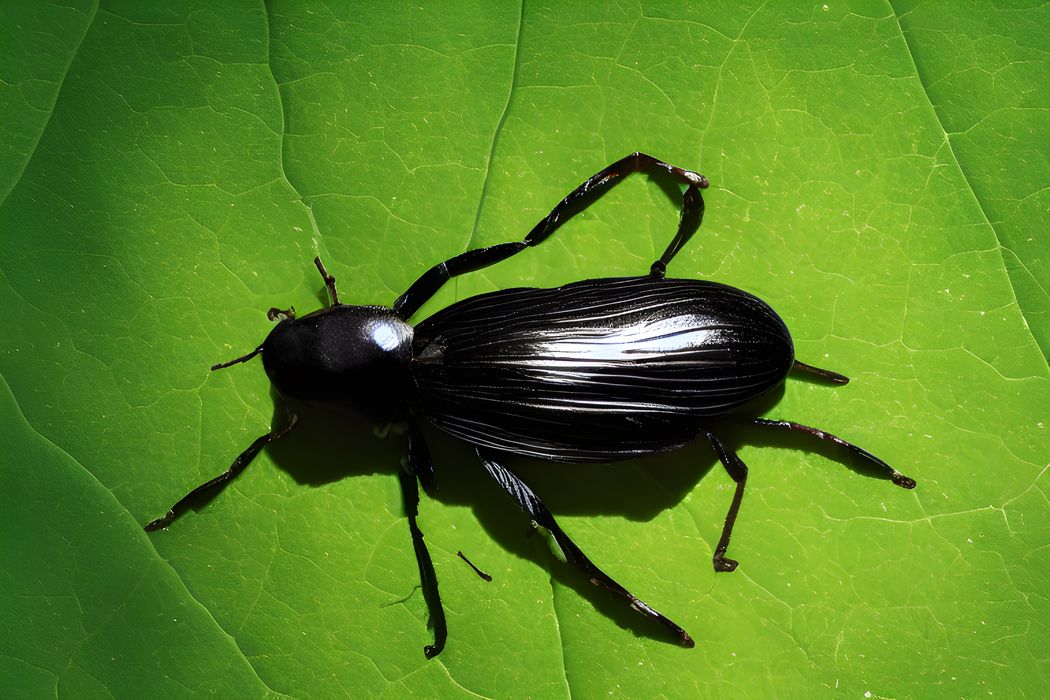
New research has demonstrated the feasibility of using insects as a 3D printing material.
Insects as a 3D Printing Material
There are countless materials for 3D printing, ranging from polymers, to metals, to ceramics. There are also many materials made from organic substances, including bamboo, coffee, and the very unfortunate algae filament.
Now there’s a new option: insects.
Creating Chitin Filament
A research paper explores the potential use of chitin as a 3D print material. Chitin is the hard material used, for example, to form the exoskeleton of insects. Wikipedia explains:
“Chitin is a long-chain polymer of N-acetylglucosamine, an amide derivative of glucose. Chitin is probably the second most abundant polysaccharide in nature (behind only cellulose); an estimated 1 billion tons of chitin are produced each year in the biosphere. It is a primary component of cell walls in fungi (especially basidiomycetes and filamentous fungi), the exoskeletons of arthropods such as crustaceans and insects, the radulae, cephalopod beaks and gladii of molluscs, and in some nematodes and diatoms. It is also synthesized by at least some fish and lissamphibians.”
The researchers wanted to develop a new material that would be suitable for food-safe applications and developed a mixture of “eco-friendly” PLA and ground chitin and chitosan powder. This was then extruded into filament form.
This approach for developing a composite material is familiar: it is basically the same process used to produce wood, bamboo, coffee, algae, and even metal filaments. The additives are not printable on their own, so mix them with something that is printable.
The researchers prepared a selection of filaments with varying ratios of chitin to determine the optimal mixture. They subjected 3D printed samples to a series of tests to do so, including mechanical, chemical, morphological, and crystallographic analysis.
Potential Applications and Public Perception
They found that the chitin filament produced samples that had reduced tensile and flexural properties, as well as increased density. They also found the samples exhibited increased ductility.
One potential issue was spotted. They explain:
“Additionally, the micrographs of the composites revealed the presence of voids and impurity-like particles reflecting decomposed chitin and chitosan.”
Their conclusion:
“Altogether, these findings support the use of the Chitosan/PLA and Chitin/PLA composites in applications such as food product packaging.”
This research may lead to the commercialization of this concept, particularly in regions where it is inexpensive to produce larger quantities of insects.
I’m wondering how the public would react if discovering their product is wrapped in bugs?
Via Springer
